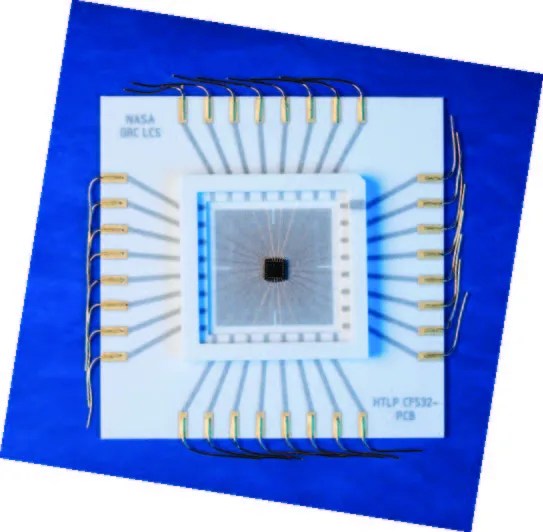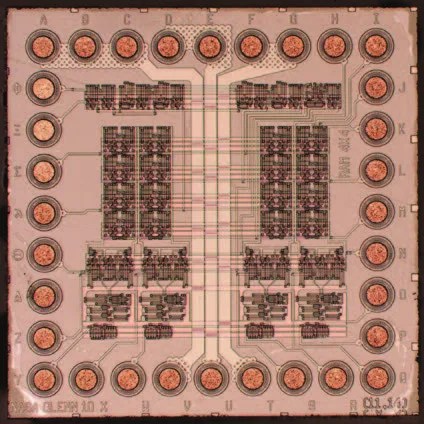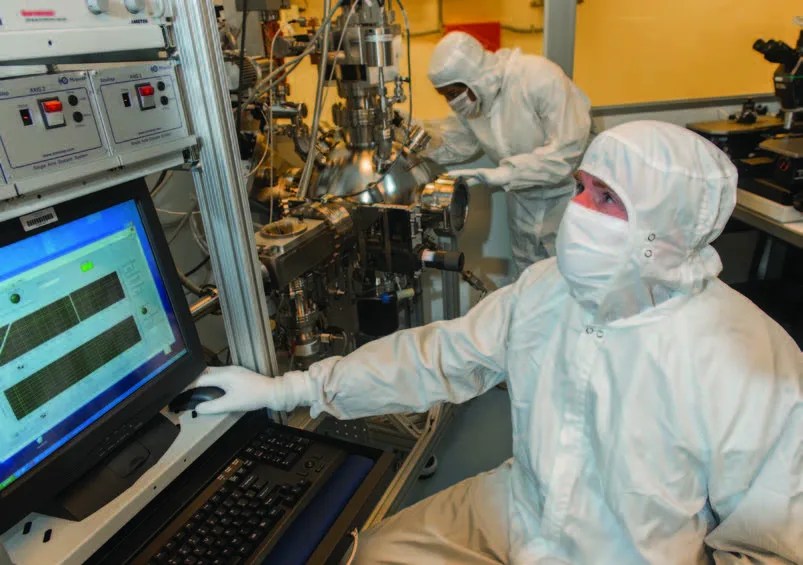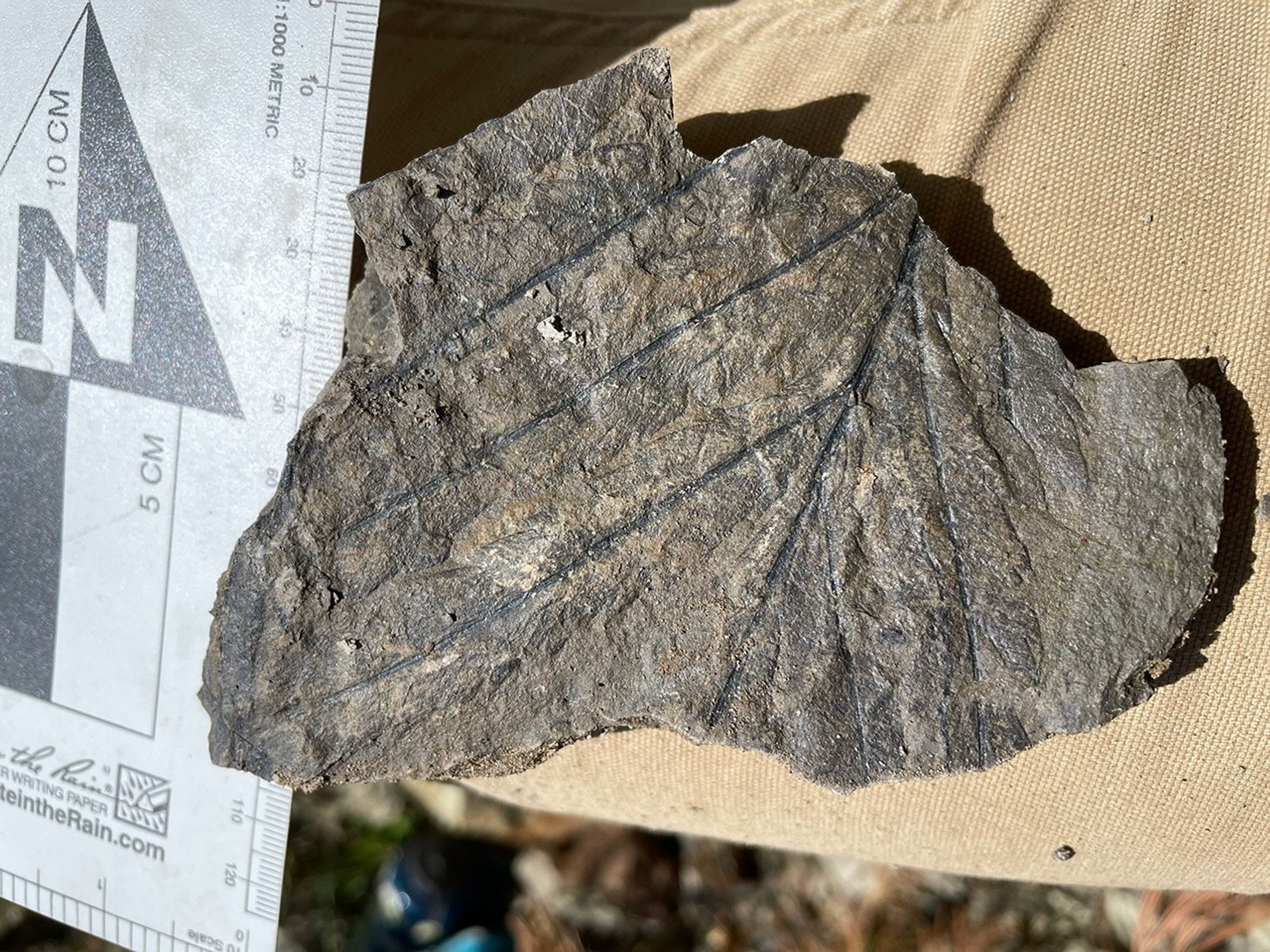4 min read
PROJECT
High Temperature Memory Electronics for Long-Lived Venus Missions
KEY POINTS
Newly developed silicon carbide electronics have operated in ovens for over a year at 500°C and for 60 days in simulated Venus surface conditions. This technology is key to enable future extended missions to explore the Venus surface and other harsh space environments.

The capability to operate in harsh environments is crucial for spacecraft to explore the most forbidding regions in the solar system. Recent advances in silicon carbide (SiC) electronics have changed the paradigm of what is possible for exploration of such environments, including the surface of Venus where spacecraft will experience scorching temperatures and crushing pressure. This technology also holds promise for enabling missions to other harsh environments such as the high-radiation, yet thermally cold, surface of Europa or the atmospheres of gas giants.

Previous surface exploration on Venus was determined by the capabilities of conventional silicon-based electronics whose survivability—despite high-mass sheltering from the brutal temperature and pressure conditions—was limited to about two hours. A team at NASA Glenn Research Center (GRC) is developing a new generation of electronics that can operate for extended periods of time in these and other harsh conditions without the need for environmental sheltering. This technology opens the door for planetary exploration that was not possible even just a few years ago.

One possible mission platform that could employ these new electronics is the Long-Lived In-Situ Solar System Explorer (LLISSE)—a small probe system that will investigate the Venus surface for a lengthy period. Such a probe would weigh 50-times less than previous Venus landers, which relied on high-mass sheltering to protect standard silicon electronics. LLISSE is planned to operate on the 465°C, 92-atmosphere, caustic environment of the Venus surface for 60 days or more, providing measurements and uniquely contributing to our understanding of the planet. Key to LLISSE operation are the SiC electronics that are required for sensors, data handling, communications, and power management, and that must sustainably operate for months in the Venus environment without sheltering. Although the complexity of these new SiC electronics is presently comparable to that of standard commercial electronics in the 1970s, such electronics at that time nevertheless made possible the Viking and Voyager probes that successfully pioneered historic breakthroughs during their planetary exploration missions.
The GRC team significantly advanced these SiC electronics in 2018. For example, the team conducted the world’s first demonstration of stable electrical operation of more than 100 transistor integrated circuit (IC) chips for over one year at 500 °C. One of these SiC ICs was the world’s-first memory chip to survive and function in these conditions. This memory chip, a Random Access Memory (RAM) chip using 195 transistors, continued to store and process information after 1.5 years in an oven at 500 °C. The level of complexity of these new electronics is more than a factor of seven beyond what was previously shown durable at 500 °C. Furthermore, 175 transistor clock ICs were successfully operated in harsh Venus surface conditions for 60 days, unshielded and open to the environment without fail until the Venus chamber scheduling dictated conclusion of testing.
In parallel, the team also demonstrated the resilience of these SiC ICs in both heavy-radiation environments, as well as very cold environments. Shielding of conventional silicon-based electronics in high-radiation environments has been a complicating factor for potential missions such as Europa probes and landers, so there has been a drive to provide electronics which do not need shielding.
While further analysis and testing is needed, initial radiation test results collected in 2018 have confirmed theoretical assertions that these SiC ICs are capable of operating for years in the high-radiation environments of the Jovian moons without the need for radiation shielding. Combined with the recently demonstrated ability of these SiC ICs to operate at temperatures down to -190 °C, these results introduce the possibility of SiC electronics providing solutions for selected operations in future Europa missions.

The possible impact of SiC electronics on not only planetary exploration, but on a range of commercial and Earth-based applications is just beginning to be realized. This technology can enable intelligent systems in a revolutionary new range of applications and environments, e.g., new capabilities in jet engine systems. In fact, this technology won a 2018 R&D 100 Award—a prestigious international award that honors revolutionary ideas in science and technology. NASA’s advancements in SiC ICs are ongoing, and the complexity of the electronics is increasing at a significant rate. These new electronics have the potential to enable new capabilities and missions across the solar system.
SPONSORING ORGANIZATIONS
Planetary Science Division’s HOTTech Program
PROJECT LEAD
Philip Neudeck, NASA Glenn Research Center







